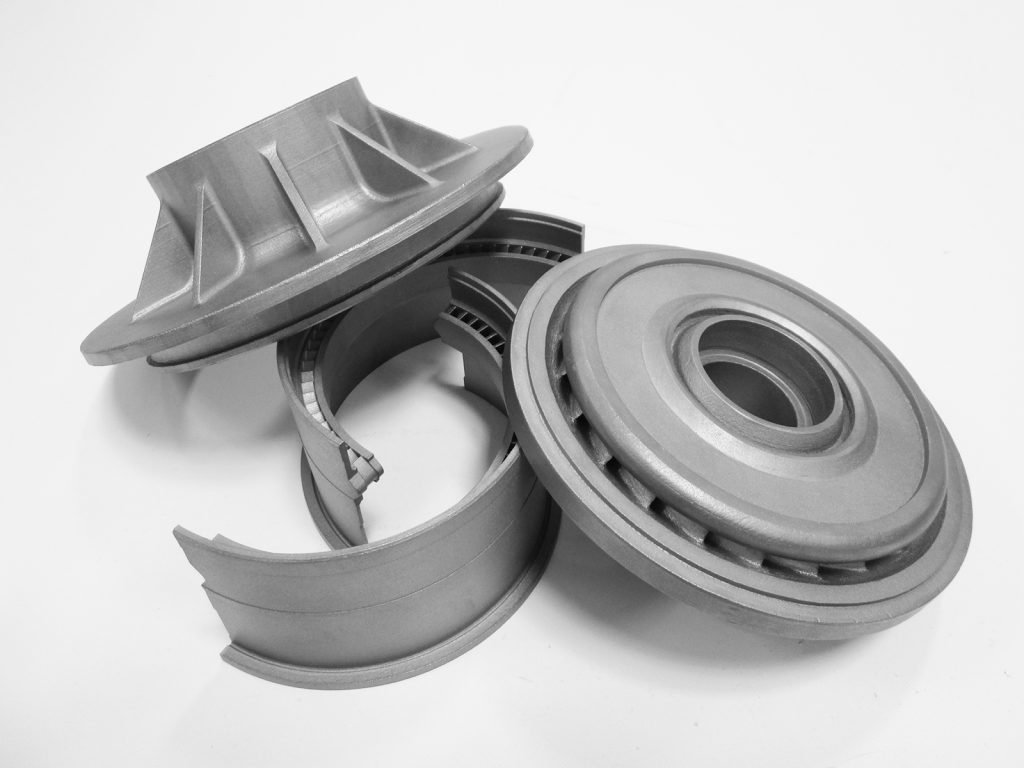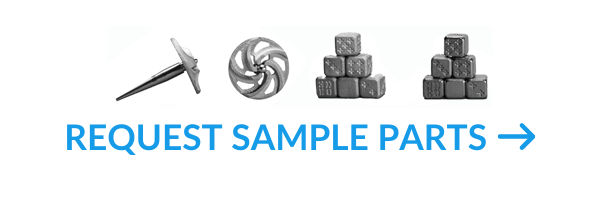3D printing, also known as additive manufacturing, affords numerous benefits to design engineers. The primary advantages include the ability to consolidate components, reduce part weight, and design parts with complex internal geometries. Creating parts with additive manufacturing in mind is usually referred to as Design For Additive Manufacturing (DFAM). Consolidating components is especially advantageous because it reduces the number of parts that need to be designed and manufactured into the final assembly. Beyond just lowering the overall cost of production, parts consolidation also has a dramatic impact on the speed of production and also functional performance.
To date, the biggest success story using DFAM to consolidate parts comes from GE and one of its new turboprop engines. The Advanced Turboprop (ATP) uses additive manufacturing to reduce the number of components from 845 down to just 11. According to GE, this consolidation not only brings the overall cost down but also reduces fuel consumption by 20%, increases power output by 10%, and reduces the overall engine weight. By consolidating parts in the engine, there are fewer parts that need to be designed, certified, inspected and manufactured.
The amount of benefit achieved through parts consolidation is directly proportional to the overall number of components and also the complexity of a given design. The more parts that can be consolidated, the greater the improvement. Currently, the most expensive and complex pieces of machinery are the primary targets for parts consolidation because they yield the biggest rewards for the initial engineering effort required. As metal additive manufacturing as a technology continues its rapid development, the cost-per-part will steadily come down while production volumes will increase. The result will be manufacturing engineers gradually turning their eyes to less complex designs that can still benefit from parts consolidation.
The continued expansion of metal additive manufacturing into production will largely be driven by the benefits of parts consolidation. We are fast approaching a time when design engineers will begin their work with DFAM at the forefront of their minds, and that means the superfluous components of the previous manufacturing era will never be created in the first place.



